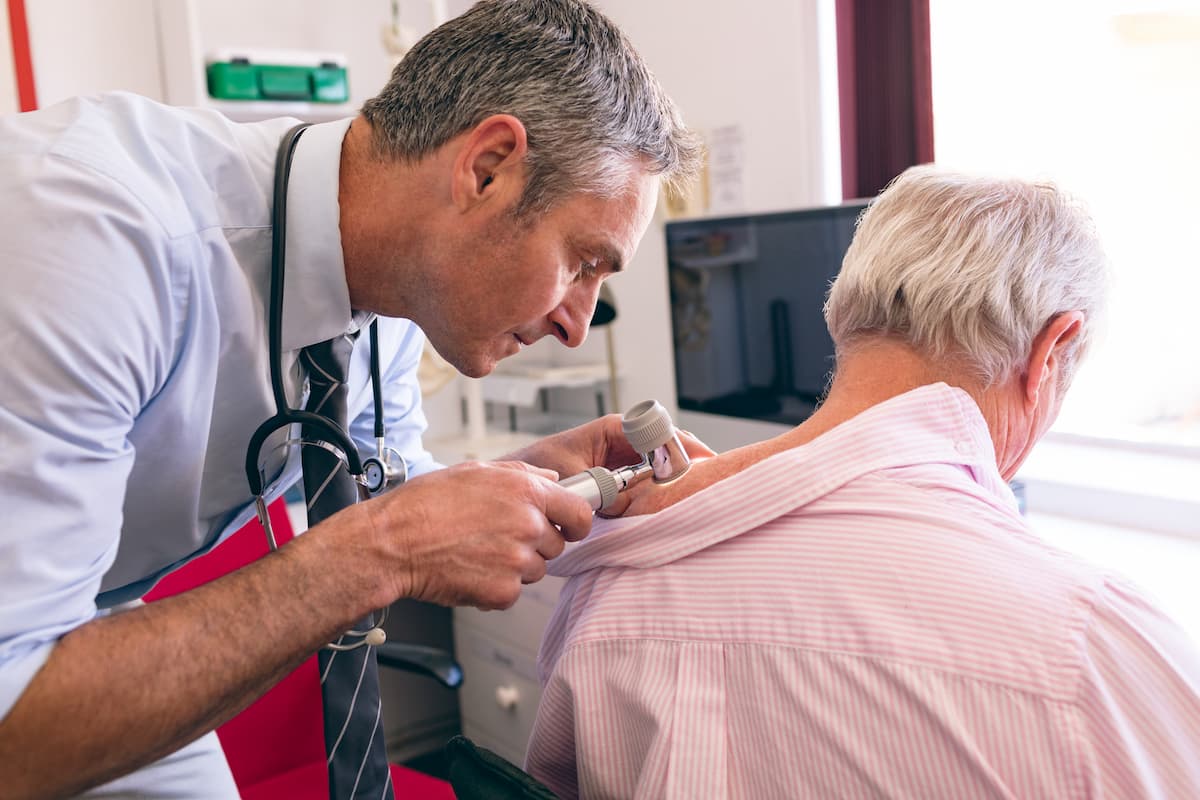Article
Hidradenitis Suppurativa ED Readmission Linked to Opioid Prescribing, Medicaid Insurance
Author(s):
Emergency department (ED) readmission was more common than dermatology follow-up among patients with hidradenitis suppurativa (HS) within 30 and 180 days of initially presenting to the ED, with patients with Medicaid coverage and those who had an opioid prescribed were more likely to return.
Emergency department (ED) readmission was more common than dermatology outpatient follow-up among patients with hidradenitis suppurativa (HS) who initially presented to the ED, with Medicaid insurance and having an opioid prescription cited as risk factors for ED readmission. Findings were published in JAMA Dermatology.
HS is a debilitating skin disease characterized by painful nodules, abscesses, and sinus tracts that affect patients physically and psychosocially. Researchers note that many barriers to proper medical care for patients with HS exist and that the condition is exacerbated by frequent misdiagnoses.
Further, once a diagnosis is made, patients with HS receive a large proportion of their care outside of the ambulatory dermatology setting, including frequently in high-cost ED and inpatient settings.
“The overreliance on nonambulatory settings in HS care is critical to recognize for several reasons. This pattern results in increased costs to the health care system and the patient,” said the study authors.
“Additionally, lack of consistent dermatology follow-up may result in delays in optimal care for these patients. Interventions such as incision and drainage (I&D), short-term antibiotic prescription, and opioid prescription are common at ED encounters for HS, but these are temporizing remedies that do not contribute toward long-term medical control of the disease.”
Patients with HS have high ED utilization for their disease and relatively low outpatient utilization, but the study researchers said it is still unclear what ED interventions and patient characteristics may be associated with these outcomes.
They conducted a retrospective cohort study using data from the IBM MarketScan Commercial and Multi-State Medicaid databases from 2010 to 2019 to assess the interventions and patient factors associated with ED return following an initial ED visit for HS.
An HS cohort was formed from the databases of patients who had 2 or more claims for HS during the study period, with at least 1 ED visit for their HS or a defined proxy. Data were analyzed from November 2021 to May 2022. Participants were examined for the primary outcomes of a return to the ED or dermatology outpatient follow-up for HS or related proxy within 30 or 180 days of index ED visit.
A total of 20,269 patients with HS (median [IQR] age, 32 [25-41] years; 16,804 [82.9%] female patients) were included in the analysis, of which 7455 (36.8%) had commercial insurance and 12,814 (63.2%) had Medicaid.
Of the study cohort, 9737 (48.0%) patients had I&D performed at the index ED visit; 14,725 (72.6%) received an oral antibiotic prescription; and 9913 (48.9%) received an opioid medication prescription.
Participants were shown to be more likely to report an ED return vs dermatology outpatient follow-up at both 30 and 180 days after their initial ED visit, in which patients with Medicaid and those who had an opioid prescribed were more likely to return to the ED for treatment of their disease and less likely to have dermatology follow-up:
- A total of 3484 (17.2%) patients had at least 1 return ED visit for HS or proxy within 30 days vs 483 (2.4%) who had a dermatology visit (P < .001)
- A total of 6893 (34.0%) patients had a return ED visit for HS or proxy within 180 days vs 1374 (6.8%) with a dermatology visit (P < .001)
- Patients with Medicaid were more likely to return to the ED for treatment of their disease (odds ratio [OR], 1.48; 95% CI, 1.38-1.58) and less likely to have dermatology follow-up (OR, 0.16; 95% CI, 0.14-0.18) within 180 days
- Patients who had an opioid prescribed were more likely to return to the ED for treatment of their disease (OR, 1.48; 95% CI, 1.39-1.58) and less likely to have dermatology follow-up (OR, 0.81; 95% CI, 0.71-0.91) within 180 days
The lack of granularity provided by large administrative databases was cited as a potential limitation of the study findings, as it prevented researchers from identifying certain details regarding patient and treatment information. The restriction of the patient population to those with continuous insurance coverage over a certain period also may have prevented the inclusion of some vulnerable patients, said the researchers.
“The findings in this study raise the opportunity for cross-specialty interventions that could be implemented to better connect patients with HS to longitudinal care,” they concluded.
Reference
Wang CX, Buss JL, Keller M, Anadkat MJ. Factors associated with dermatologic follow-up vs emergency department return in patients with hidradenitis suppurativa after an initial emergency department visit. JAMA Dermatol. Published online October 26, 2022. doi:10.1001/jamadermatol.2022.4610





